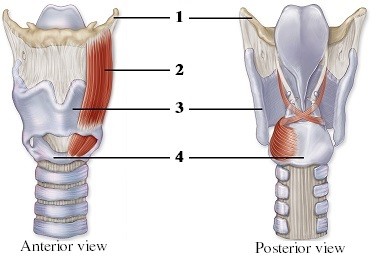What are some instances in which use of certain inhalant anesthetics would be contraindicated?
What will be an ideal response?
Nitrous oxide should not be used in patients with organs or cavities distended with gas, since the increased pressure within these areas could cause serious complications. Examples include the presence of pneumothorax, bloat, and gastric dilatation-volvulus and use in animals with ruminants.
Halothane sensitizes the heart to arrhythmias and should be used with caution in animals with cardiovascular disease.
Masking an animal with isoflurane and related anesthetics may be difficult due to the ability of these drugs to irritate the respiratory system.
In general, sevoflurane produces fewer cardiovascular side effects than the other inhalant anesthetics; however, it is a profound respiratory depressant, and close monitoring of animals receiving sevoflurane is needed.
You might also like to view...
The teniae coli of the large intestine pull the large intestine into many sacs, collectively called ________.
Fill in the blank(s) with the appropriate word(s).
 In these views of the larynx, what structure does number 2 indicate?
In these views of the larynx, what structure does number 2 indicate?
A. Cricothyroid muscle B. Thyrohyoid muscle C. Hyoid bone D. Cricoid cartilage E. Thyroid cartilage
A gene is a set of specific instructions that
A) produces amino acids for proteins. B) copies DNA strands for mitosis. C) controls the process of mitosis. D) indicates the sequence of amino acids in a protein molecule. E) directs carbohydrate synthesis.
The most abundant class of neuron in the central nervous system is
A) anaxonic. B) bipolar. C) multipolar. D) pseudopolar. E) unipolar.